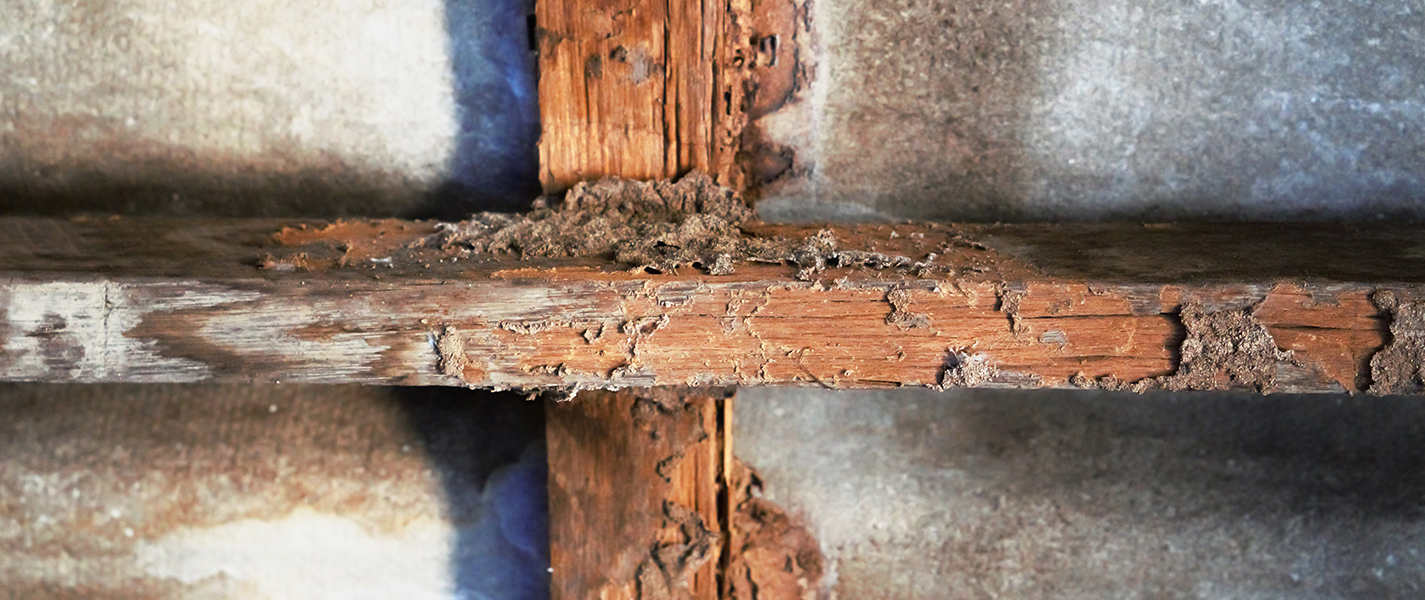Termites are an absolute nightmare for many Singapore homeowners. They are major inconveniences that pose health risks and safety hazards not to mention, cause extensive structural damage that can cost thousands of dollars in repair.
Unlike any other pests, which damages can be easily addressed, dealing with termites can be far more difficult as they cause destruction from the inside out. Hence, in most cases, you only start to see signs of deterioration once significant damage has already been done.
These also explain why it’s critical to identify and solve termite infestation in its early stages if not prevent it from happening in the first place. As a termite control company in Singapore, we often receive calls from homeowners who are looking for ways to protect their homes from termites.
So, to answer the question once and for all, what will follow are some tips to keep your home termite-free.
How to Termite-Proof Your Home
The first step to effectively keeping your property termite-free is to identify the factors that could attract termites into your home.
A house that consists primarily of wood materials can be prone to termite infestation. Colonies of termites burrow through wooden structures to build a new nest and use them as their food source. Similarly, the dark and moist areas in your space can also become a favourite habitat for the pest thus, it will help to have multiple windows and proper ventilation so that sunlight and fresh air are well-circulated throughout the home.
Here are some other ways to termite-proof your home:
1. Termite-proof your foundation. When constructing your home, make sure to use a concrete foundation and minimise the use of wood. In case you can’t avoid having wood at all, which could be the case for the majority, at least apply a sealant on any exposed wood surface to prevent future infestation.
2. Avoid buying wooden furniture when possible. Besides minimising the use of wood materials for your home, it also pays to limit the number of wooden furniture that goes into your home. This way, you deprive termites of a shelter and a food source within your property.
3. Keep wood away from moisture. Another thing to remember in preventing termite infestation is to keep your wood dry. This entails removing any wood in contact with soil, fixing water leaks, and making sure that your drainage works well without any leakage.
4. Store woodpiles and cardboard boxes properly. Woodpiles can be a great place for termites to thrive in – and the same goes for cardboard boxes. So, to guarantee maximum home protection against termites, store these items in termite-free storage and as far away from your home.
5. Seal up all entry points. Cracks and small openings can serve as entryways for termites into your home and sealing them off is another way to keep them away. While at it, make sure that your doors and windows fit properly into their frames. Otherwise, a space in between can allow termites and even rodents to get through.
6. Sign up for a regular termite inspection. While the above measures will help make your home less attractive to termites, the best way to prevent infestation is to have your property inspected by a pest management company in Singapore. You can have your home checked at least every 3-6 months, to make sure it’s free of termites.
Preventively treating your home for termites is a great investment. Here at Pest Off, we guarantee active and attentive responses to your concerns about termite infestation. Get in touch with us today to learn more about how our services can help you.
Did you find this article informative? Share your thoughts by commenting below.







